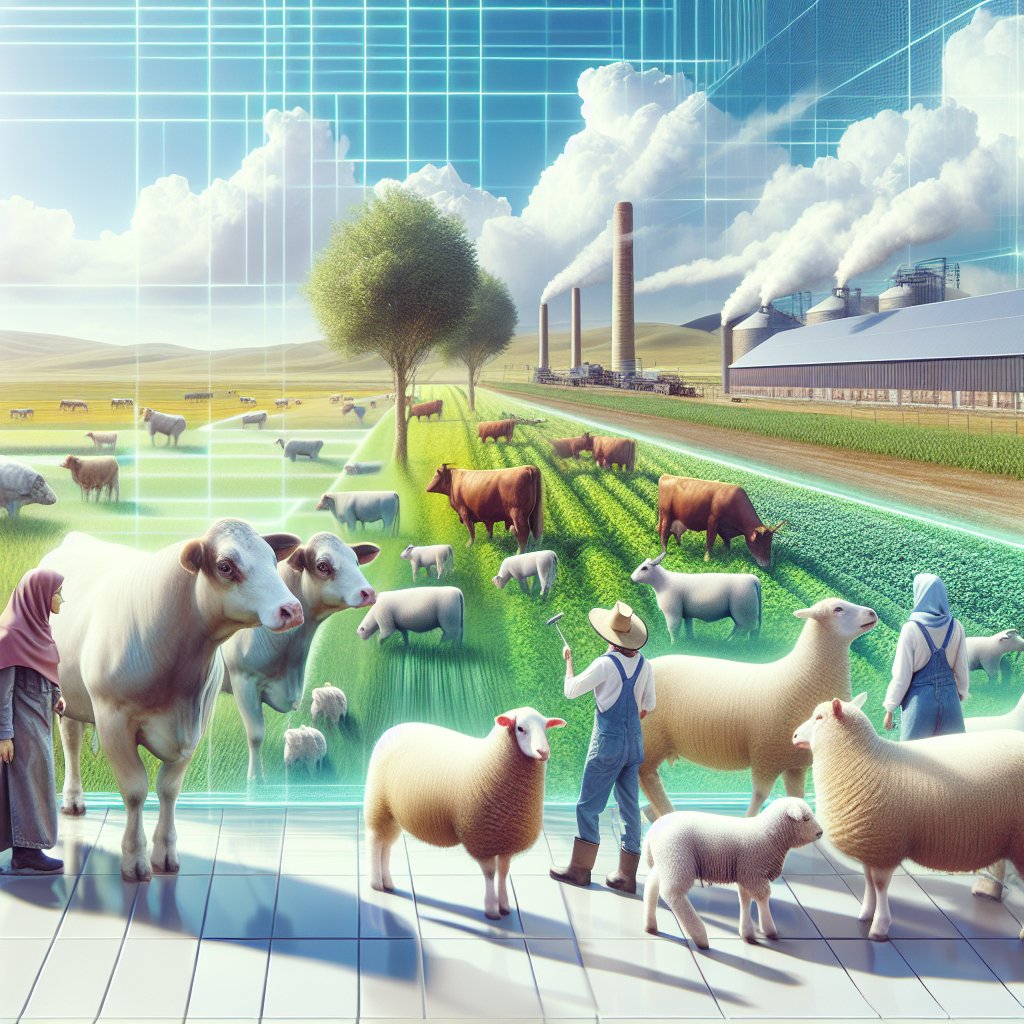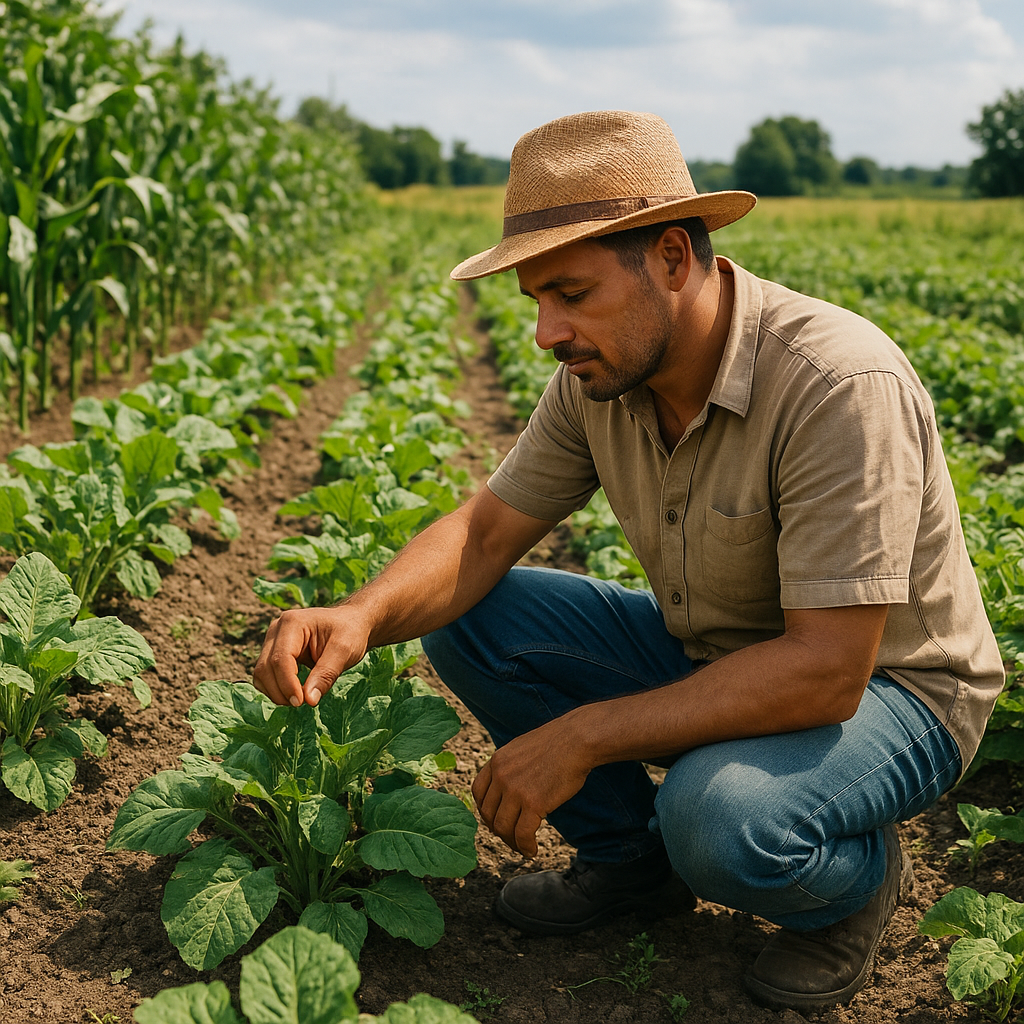
Choosing the best livestock breeds for your farm is a critical decision that can significantly impact your agricultural success. The right choice can lead to increased productivity, better adaptability to local conditions, and improved profitability. This article will guide you through the essential factors to consider when selecting livestock breeds, helping you make informed decisions that align with your farm’s goals and resources.
Understanding Your Farm’s Environment
Before selecting livestock breeds, it’s crucial to have a comprehensive understanding of your farm’s environment. This includes climate, soil type, available resources, and the specific challenges your farm may face. Each of these factors can influence the suitability of certain breeds for your farm.
Climate Considerations
Climate plays a significant role in determining which livestock breeds will thrive on your farm. Some breeds are better suited to cold climates, while others excel in warmer regions. For instance, breeds like the Scottish Highland cattle are known for their resilience in cold, harsh environments, whereas breeds like the Brahman cattle are more suited to hot, humid climates. Understanding the climate of your farm will help you choose breeds that are naturally adapted to those conditions, reducing the need for additional resources to maintain their health and productivity.
Soil and Pasture Quality
The quality of soil and pasture on your farm can also influence your choice of livestock breeds. Some breeds are more efficient at converting poor-quality forage into meat or milk, while others require high-quality pasture to perform well. For example, sheep breeds like the Dorper are known for their ability to thrive on low-quality forage, making them suitable for farms with less fertile soil. Assessing your farm’s soil and pasture quality will help you select breeds that can make the most of the available resources.
Defining Your Farm’s Goals
Another critical factor in choosing the best livestock breeds is defining your farm’s goals. Are you focused on meat production, dairy, wool, or a combination of these? Your objectives will guide your breed selection process, ensuring that you choose animals that align with your production goals.
Meat Production
If your primary goal is meat production, you’ll want to select breeds known for their growth rates, feed efficiency, and meat quality. Breeds like the Angus cattle are renowned for their marbled beef, while the Duroc pig is favored for its rapid growth and excellent meat quality. Consider the market demand for specific types of meat in your region, as this can also influence your breed selection.
Dairy Production
For farms focused on dairy production, selecting breeds with high milk yield and quality is essential. The Holstein cow is the most popular dairy breed worldwide, known for its high milk production. However, other breeds like the Jersey cow are valued for their rich, creamy milk with higher butterfat content. Evaluate your market and production goals to determine which dairy breed best suits your needs.
Wool and Fiber Production
If wool or fiber production is your focus, you’ll need to choose breeds that produce high-quality fleece. Sheep breeds like the Merino are famous for their fine wool, while the Angora goat is known for its luxurious mohair. Consider the specific characteristics of the fiber you wish to produce and the market demand for these products when selecting breeds.
Evaluating Breed Characteristics
Once you have a clear understanding of your farm’s environment and goals, it’s time to evaluate the specific characteristics of different livestock breeds. This includes factors such as temperament, disease resistance, reproductive performance, and adaptability.
Temperament and Handling
The temperament of livestock can significantly impact the ease of handling and management on your farm. Breeds with docile temperaments are generally easier to manage, reducing the risk of injury to both animals and handlers. For example, the Hereford cattle are known for their calm demeanor, making them a popular choice for farmers seeking manageable livestock.
Disease Resistance
Choosing breeds with natural disease resistance can reduce the need for medical interventions and improve overall herd health. Some breeds have been selectively bred for resistance to specific diseases, making them more resilient in certain environments. For instance, the Red Maasai sheep are known for their resistance to internal parasites, making them suitable for regions where these parasites are prevalent.
Reproductive Performance
Reproductive performance is a critical factor in maintaining a productive and sustainable livestock operation. Breeds with high fertility rates and good maternal instincts can contribute to a more efficient breeding program. The prolificacy of the Romanov sheep, for example, makes them an excellent choice for farmers looking to increase flock size rapidly.
Adaptability
Adaptability refers to a breed’s ability to thrive in various environmental conditions. Breeds that are highly adaptable can be more resilient to changes in climate, feed availability, and management practices. The adaptability of the Boer goat, for instance, makes it a versatile choice for diverse farming conditions.
Conclusion
Choosing the best livestock breeds for your farm involves a careful evaluation of your farm’s environment, goals, and the specific characteristics of different breeds. By considering factors such as climate, soil quality, production objectives, temperament, disease resistance, reproductive performance, and adaptability, you can make informed decisions that will enhance the productivity and sustainability of your farm. Remember that the right breed for one farm may not be the best choice for another, so tailor your selection to your unique circumstances and objectives.

